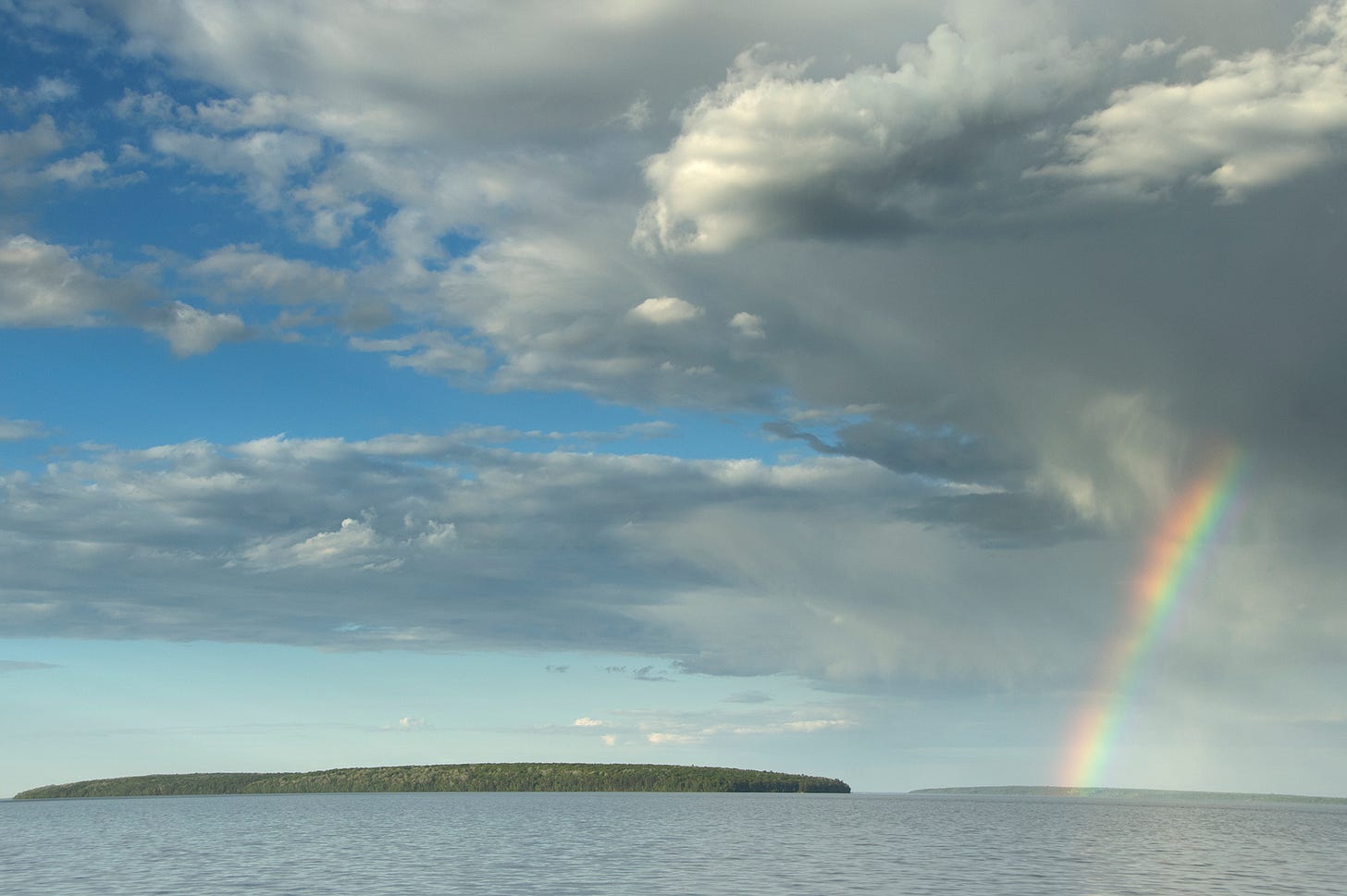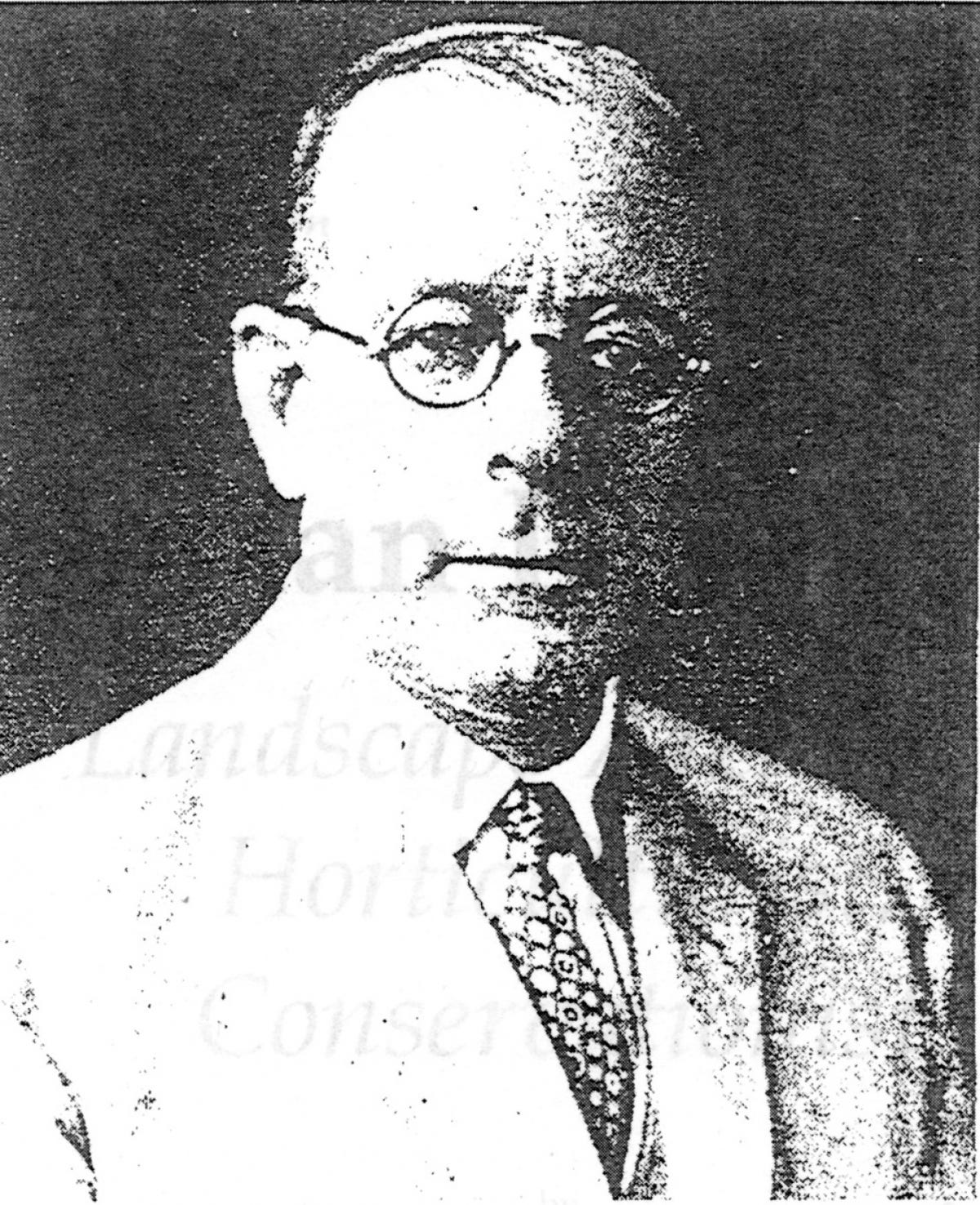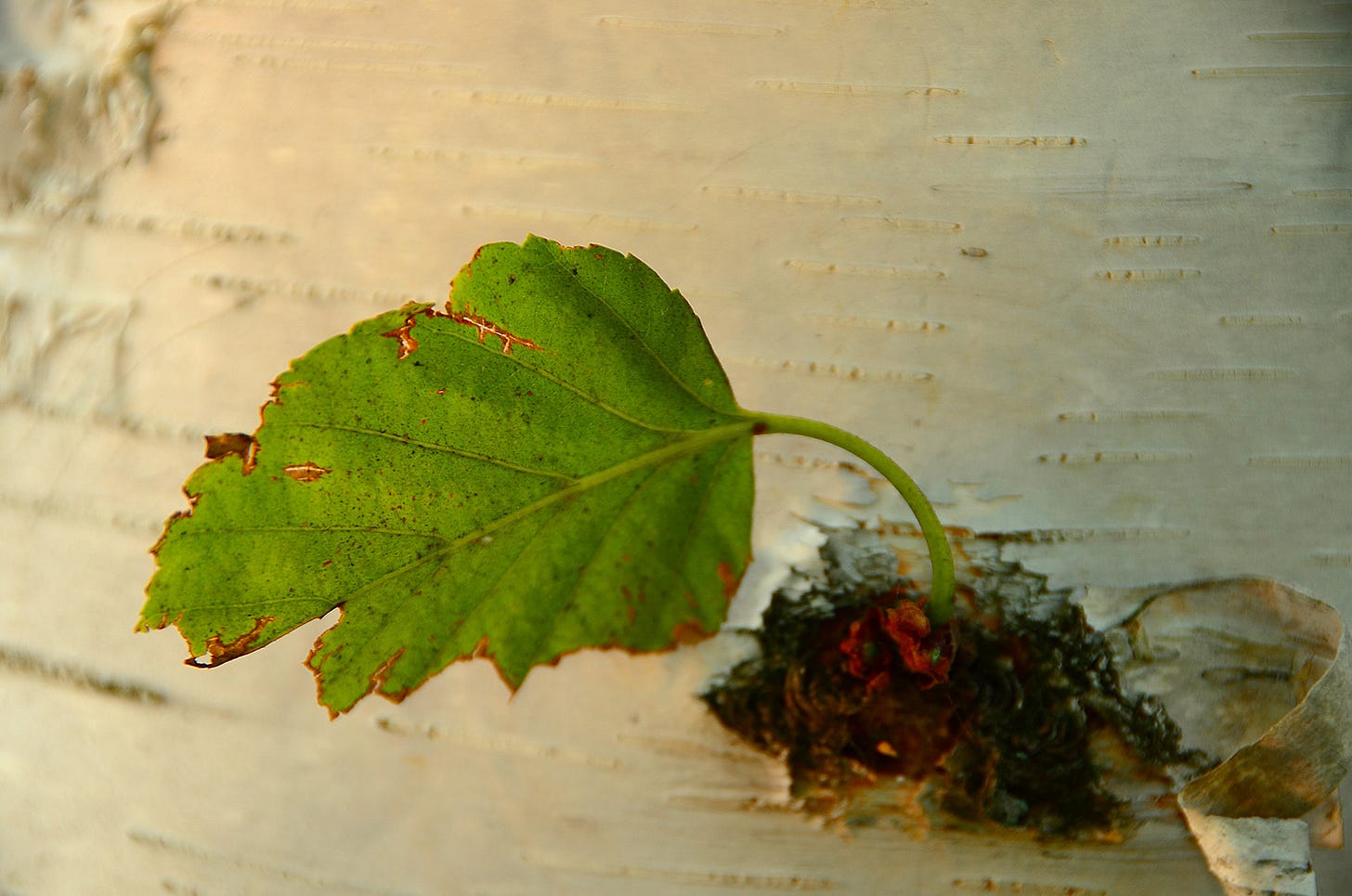Islands of Hope
Once trashed, now treasured, can the Apostle Islands become an environmental symbol of hope?
Harlan Kelsey was an accomplished man - landscape architect, horticulturalist, a conservationist and consultant to the National Park Service. He would play a large role in the 1935 creation of Shenandoah National Park in Virginia and, even later, Florida’s Everglades National Park.
But, in August of 1930 it was the potential for the creation of a new national park in the upper Midwest that brought Kelsey to the Apostle Islands kindling high hopes in local boosters.
(photograph courtesy of the Kelsey Aboretum)
Kelsey was brought to the crest of Ole Olson Hill to take in the grand sweeping vista. He was given an aerial view of the islands in a plane and boated among them in the 96-foot Madeline Island yacht the Lemora.
Although his initial reactions were deemed positive, the written report of his visit published six months later would dash those high hopes like lake ice on a rocky shore. Still, the harsh verdict may have planted the seeds of one of the great comeback stories in National Park history, a story which, even today, we can turn to find a spark of hope against the dark horizons of our environmental concerns.
I spot them out of the corner of my eye and power down, starting a sweeping turn to put the bow of the Little Dipper eye-to-eye with a piece of Island history or more accurately “pieces" of history.
About half way up the eastern shoreline of Hermit Island beginning to disappear now in the undergrowth, is a cluster of brownstone blocks, remnants of the heyday of the resource extraction in the Apostle Islands. From 1868 until the turn of the century, the Apostle Islands were the bedrock of the brownstone industry with as much as 285,000 cubic feet of rock being carved annually out of the heart of islands like Basswood, and Stockton, and Hermit, rock that became the building blocks of landmarks like the Chicago Tribune Building, the Milwaukee Courthouse, even what today stands as the National Park Service headquarters in Bayfield.
And it wasn’t just rock. Lumber was shaved off of the Apostle Islands at a staggering rate — 350,000 board feet of pine from Rocky Island alone in 1897, two million board feet from Basswood in the 1890s, and the Bayfield Press in July, 1920 claimed 15 million board feet had been harvested from Oak Island alone the previous winter.
So much had been carved, cut, sawed, farmed, felled, and fished out of the Apostle Islands by the time that Harlan Kelsey arrived on the scene in August of 1930 that it is no wonder his report did not recommend the inclusion of the islands alongside Yellowstone and Yosemite and the Grand Canyon as one of the Jewels of America.
“What must have been once a far more striking and characteristic landscape of dark coniferous original forest growth has been obliterated by the axe followed by fire. The ecological conditions have been so violently disturbed that probably never could they be more than remotely reproduced. … The hand of man has mercilessly destroyed [the islands’] virgin beauty, and, therefore, a largely controlling element as outstanding national park material even if other reasons made them eligible.
The jewels on the water which were the Apostle Islands had been tarnished. But there was one thing Kelsey could not have predicted: the impact of the Great Depression.
(Photograph from the Work Projects Administration archives - public domain)
Resource extraction in the islands had long been a boom-and-bust ordeal rising and falling with the vagaries of the market place. But, with the coming of the Great Depression, the rasp of the logger’s saws went silent, the steam hammers of the quarries stopped. Many farmers and settlers left the islands to look for work. The islands were left alone and something interesting began to happen.
The islands came back. Second-growth forest began to spring up in the clear-cuts. Wildflowers began to soften the sharp-cut edges of the quarries. Saplings tested the of the boundaries of the cleared farm fields. Left alone, the islands experienced a kind of ecological rebound, a “re-wilding” as author and environmental historian James Feldman has called it. The islands were reborn.
What came back was not the same as what had been there historically. Still, within four decades, the island ecosystem had recovered enough to be designated as the Apostle Islands National Lakeshore on September 26, 1970. Three decades later 80% of the land in the islands received an even higher designation when on December 8, 2004 President George W. Bush signed into law a bill creating the Gaylord A. Nelson Wilderness. With a stroke of the presidential pen, the once trashed Apostle Islands joined the likes of Alaska’s Denali National Park, the Boundary Waters Canoe Area, Isle Royale, and more as part of the National Wilderness Preservation System.
Time has been at work in these islands. That a place can look and feel as wild as these islands do only decades after having been so heavily altered by the hand of man, is a testament to the resiliency of nature. If these islands teach us anything, it is that nature never stands still. With something as simple as humans leaving them alone, these islands stand today as a symbol of hope that change, for the better, is possible.
That is an important message at time when hope sems in short supply — important for us and for the future of our park and beyond. If our national parks are to remain relevant into the uncertain future, they must be seen as something more than vestiges of the past, postcard scenery, or some kind of bucket list check off items. Perhaps the Apostle Islands and their recovery from the “smoldering desolate waste” depicted in that 1930’s National Park Report, can be seen as a lesson learned, an anchor to windward in these islands of history, islands of beauty, islands of hope.
I wonder what old Harlan Kelsey would think.
— Jeff Rennicke
If you are a subscriber to the Little Dipper thank you. Your support is important to me and an honor. If you are just checking it out and like what you see, please join us on the journey by clicking below and subscribing.
And, as always, I love to hear your thoughts and comments. Feel free to reach out to me using the button below:











This story makes hope tangible. Something you can hold, touch, hear and smell. But it also teaches us that hope is not just controlled by humans. In fact, the opposite.
1 acre at a time, 1 parcel at a time...the land rewilds itself when we humans get out of her way.